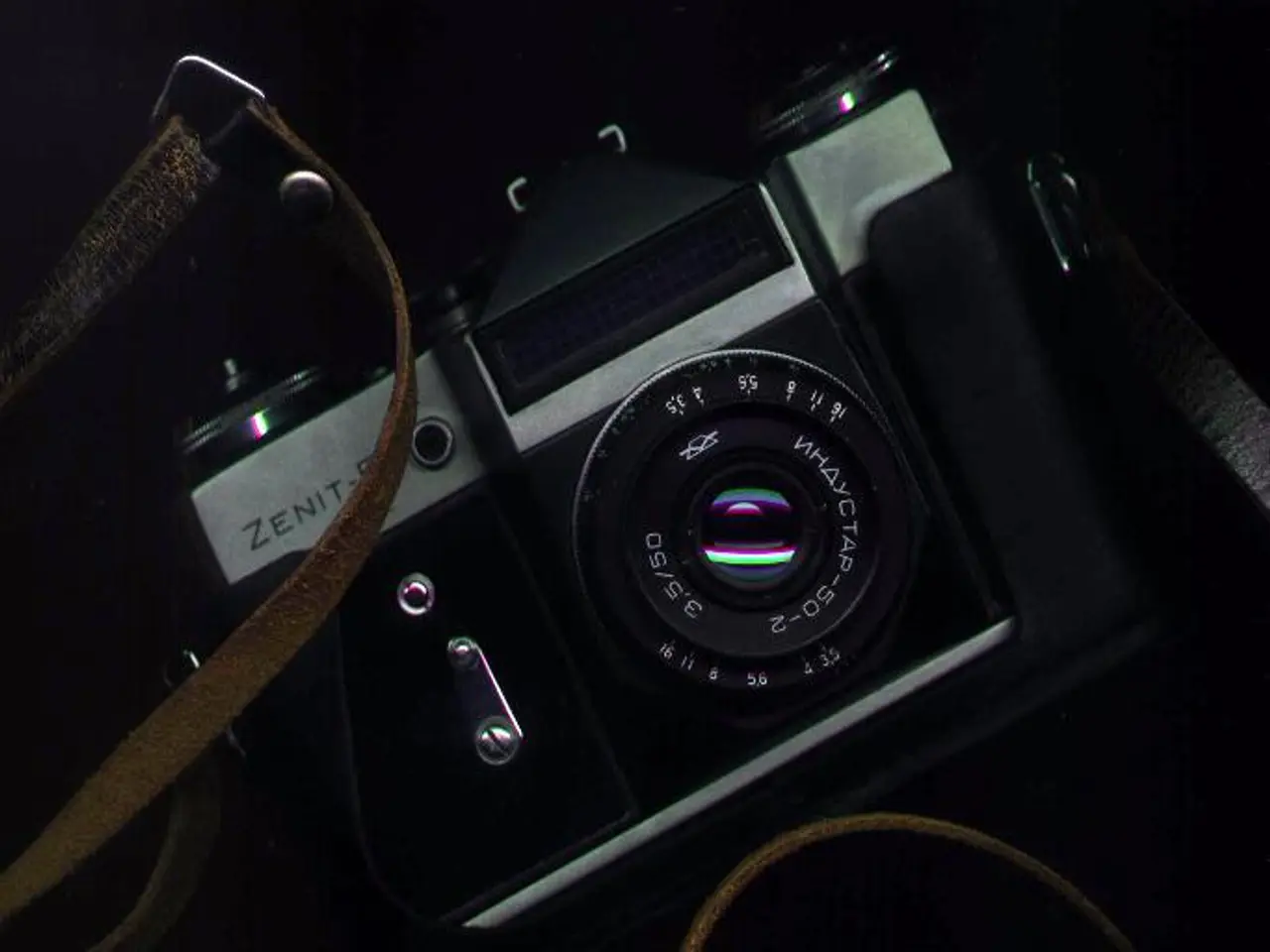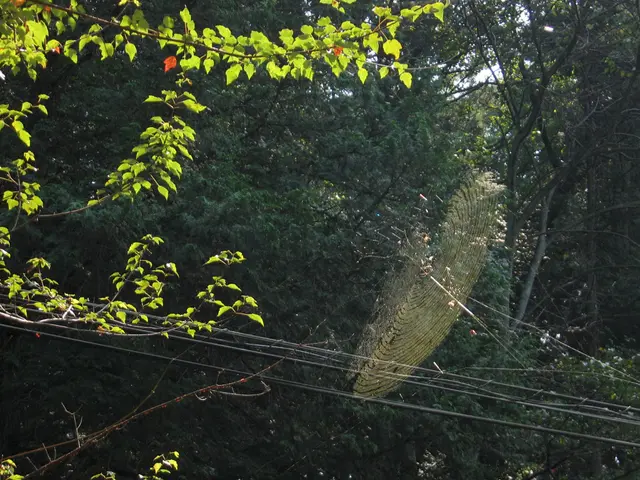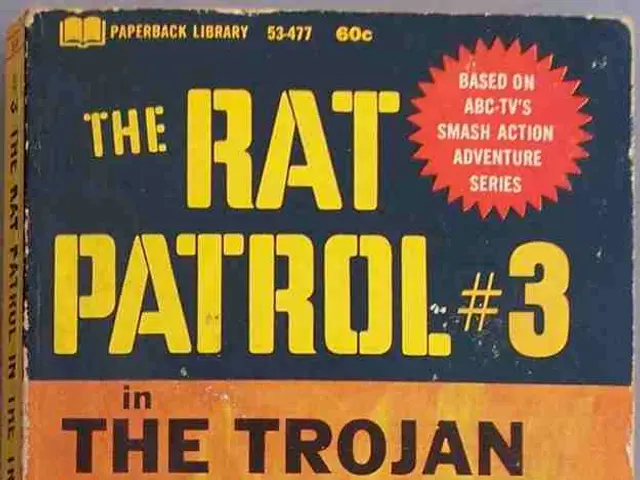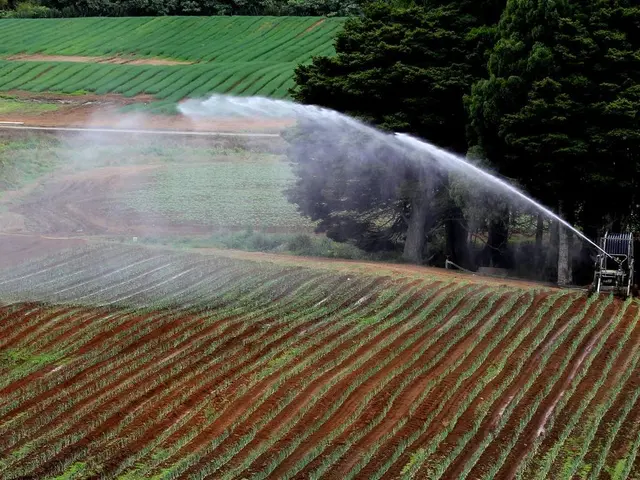YOLO26 Unveiled: A Major Leap in Real-Time Object Detection
Researchers have unveiled YOLO26, a significant leap in real-time object detection. Led by Ranjan Sapkota, the team has achieved superior efficiency, accuracy, and deployment versatility compared to previous YOLO versions. The model aims to operate on diverse hardware platforms, including GPUs, FPGAs, and edge devices.
YOLO26 introduces key architectural enhancements such as ProgLoss and Small-Target-Aware Label Assignment. These innovations improve detection stability and accuracy. The model's robust quantization capabilities enable deployment even in resource-constrained environments. Notably, YOLO26 surpasses previous YOLO versions and narrows the performance gap with transformer-based detectors in terms of accuracy and throughput. The team adopted an advanced optimization algorithm, MuSGD optimizer, inspired by large language model training, which accelerates learning and enhances model performance.
The model also introduces end-to-end non-maximum suppression-free inference and a new label assignment strategy. Looking ahead, future advancements include multimodal learning, semi-supervised learning, and hypergraph-enhanced visual perception.
YOLO26, presented by a team led by Ranjan Sapkota, demonstrates superior efficiency, accuracy, and versatility. Its robust performance and deployment capabilities make it a notable advancement in real-time object detection. The model's success paves the way for future developments in multimodal learning and other innovative areas.
Read also:
- AI-Powered X-Nave Platform and Fresh Gaming Content to be Demonstrated by EGT Digital at SBC Summit Lisbon Event
- British technology company Nvidia invests a vast sum of £11 billion in AI technology within the U.K., announcing this during a visit by U.S. President Trump.
- Rapid advancement of AI technology poses potential threat to job stability, according to AI CEO's remarks.
- Spheron and Nubila Team Up to Use Web3 Technology for AI that Combats Climate Change








